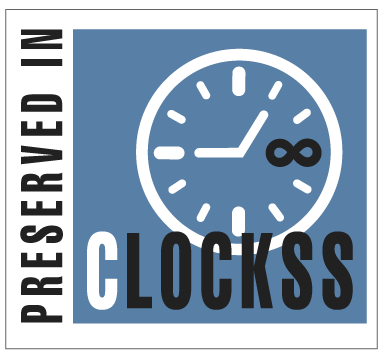Abstract
This study aims to evaluate the levels of coffee lipids, diterpenes, chlorogenic acid (CGA), and caffeine in coffee samples with different roasting levels. Additionally, it aims to assess the impact of coffee extracts with/without omega-3 supplementation on lipid profile parameters. Liquid-liquid and soxhlet extraction, and quantitation were performed using HPLC-DAD. Two groups of Wistar rats were used: non-hyperlipidemic and hyperlipidemic. Blood samples were collected before and after hyperlipidemia induction after six weeks. The lipid profile: total cholesterol (TC), low-density lipoprotein (LDL), high-density lipoprotein (HDL), triglyceride (TG), non-high-density lipoprotein (non-HDL), and total cholesterol-to-high-density lipoprotein ratio (TC/HDL) were determined. A positive correlation between coffee lipids, diterpenes, and caffeine levels with the coffee’s roasting degree was found, and a negative correlation for CGA. The study was conducted on rats fed with a healthy and hyperlipidemia-induced diet. Green coffee had a significant effect on the lipid profile of non-hyperlipidemic rats. It lowered the levels of TG, LDL, and TC/HDL, and raised HDL and non-HDL levels significantly compared with the control group. In combination, green coffee and omega-3 lowered TC, TG, LDL, non-HDL, and TC/HDL levels. Green coffee alone or in combination with (omega-3) lowered lipid profile parameters but increased non-HDL levels in non- and hyperlipidemic induced-rats.
Keywords
Caffeine, Chlorogenic acid, Coffee, Diterpenes, Lipid profile, Omega-3
Subject Area
Chemistry
Article Type
Article
First Page
2587
Last Page
2601
Creative Commons License

This work is licensed under a Creative Commons Attribution 4.0 International License.
How to Cite this Article
Al-Zoubi, Sojoud M.; Awwad, Shady H.; Issa, Reem A.; Daraosheh, Ahmad Q.; Al-Qaisi, Talal; Farah, Husni; Omari, Khaled W.; Mohammad, Beisan A.; Amer, Mumen; Khuzaie, Rula F.; and Abu-Samak, Mahmoud S.
(2025)
"Quantification of Bioactive Compounds in Coffea Arabica and Their Impact with Omega-3 Supplementation on Non-High-Density Lipoprotein Levels in Hyperlipidemia-Induced Rats,"
Baghdad Science Journal: Vol. 22:
Iss.
8, Article 11.
DOI: https://doi.org/10.21123/2411-7986.5022








